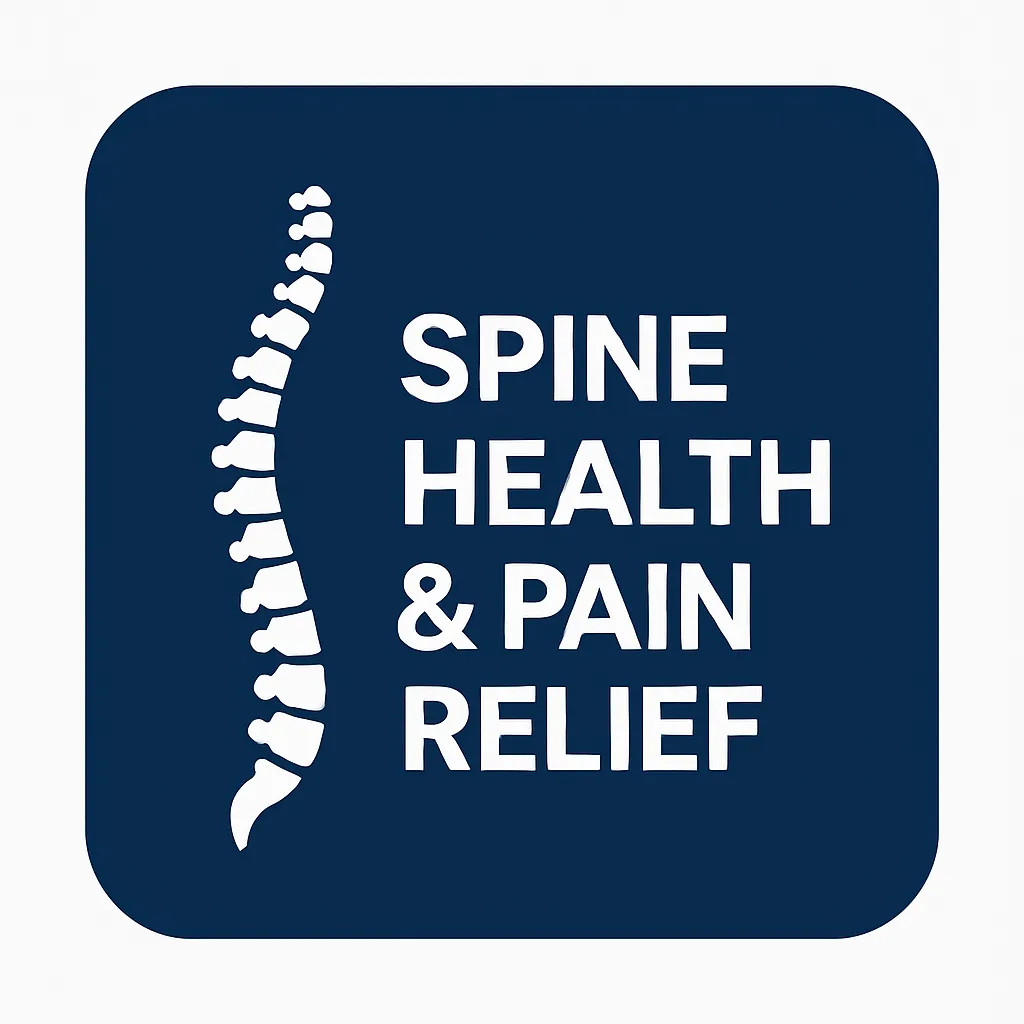
The 3 Most Common Causes of Lower Back Pain (And What You Can Do Today

The 3 Most Common Causes of Lower Back Pain (And What You Can Do Today
Lower back pain doesn’t care who you are—it shows up whether you’re active or sedentary, young or old, working long hours or chasing kids around the house.
At Lakeside Spine and Injury Center, we see it every day. And more often than not, it comes down to a few core causes that can be addressed faster than most people think.
Here are the top three culprits—and what you can do right now to start finding relief.
1. Poor Posture and Daily Habits
Let’s face it—most of us aren’t sitting, standing, or moving with great posture throughout the day. Hours at a desk, slouching on the couch, or looking down at your phone (hello, “tech neck”) all put a slow, steady strain on your spine.
What to do:
Keep screens at eye level to avoid looking down.
Use a lumbar support cushion while sitting.
Set a timer to stand and stretch every 30–45 minutes.
Even simple changes like these can reduce pressure on the spine and improve blood flow to key muscles.
2. Muscle Imbalances or Weak Core Muscles
Your core does more than just help you look good in a swimsuit. It stabilizes your entire spine.
When core muscles are weak or certain muscle groups are overused (like tight hip flexors from sitting), your lower back starts picking up the slack—and that’s when the pain creeps in.
What to do:
Incorporate gentle core-strengthening movements like bird dogs or dead bugs.
Stretch tight hip flexors and hamstrings regularly.
Avoid jumping into high-impact workouts without warm-up or alignment check.
3. Unresolved Past Injuries or Inflammation
Maybe it was a minor car accident. Maybe you tweaked your back months ago. Pain that lingers or resurfaces often points to something unresolved beneath the surface—like inflammation, joint restrictions, or scar tissue.
What to do:
Don’t ignore recurring pain—get assessed.
Ice can help short-term inflammation, but long-term healing requires professional support.
Chiropractic care, rehab exercises, and targeted treatment can speed up healing and prevent bigger issues later.
Bottom Line: Pain Isn’t Just a Symptom—It’s a Signal
Lower back pain is your body’s way of saying something needs attention. And the sooner you listen, the easier it is to correct.
At Lakeside Spine and Injury Center, we help patients get out of pain and back to life—with personalized plans that treat the root cause, not just the symptoms.
✅ Ready to Take the First Step?
We offer personalized evaluations right here in Wheat Ridge, CO.
Click here to book your visit and start feeling better—today.
